
After ducks and chickens, you should know that turkeys are next in the list of the most vital fowls in the world because of the fact that they make up 2% of the entire population of the poultry industry. A lot of people really want the meat of turkey because it is one of the leanest among all the domesticated birds. As a matter of fact, turkey farming is really common among almost all the western countries like The Netherlands, United Kingdom, France, Italy, Germany, Canada, and United States.
If you want to become an expert in raising turkey for profit as well, there are some things that you still need to learn, including some common terminologies, to avoid feeling lost in the process. First of all, a tom and a hen are both adult turkeys; the former is a male, while the latter is a female turkey. On the other hand, a baby turkey is called poult. In addition, dew bill is the lump of flesh that is found on the base of beck; caruncles on the other hand are the bumps of flesh that can be located on the neck and head of a turkey with red and pink colors. You should also be aware that the hair on the turkey's skin on the chest is what most people call bread; lastly, it is important to know in turkey farming that strut is what most people call the behavior of the tom just before mating.
In addition to all these information, turkey farming will also become successful once you become aware of the different safety processes involved in taking care of your turkey. You should firstly remove the half part of your turkeys' top beak so that you will be able to prevent them from plucking each other's feathers and even eating one another. It is also important for you to remove the dew bill so that you will be able to prevent your turkeys from suffering from different head injuries. Lastly, you will be able to successfully perform clipping by removing the tip of a toe of a one-year-old turkey.
Most importantly, you must be made aware that turkey farming will not be successful without handling the eggs properly. You should know that turkeys usually start laying their eggs on the 30th week of their existence and you should take care of these eggs for about 24 weeks from the point they were laid by the hens. And the average number of eggs lain by the hen usually ranges from about 60 up to a hundred considering that you were able to take care of the hen properly and you were able to provide the needed nutrients. With all these information about turkey farming, you should already be able to take care of your own turkeys in the future quite well.
If you think you still need guidance on rearing turkeys, consulting existing turkey owners and farmers will certainly be a big help. Learn more about how to raise turkeys correctly here: www.howtoraiseturkeys.com
 Why Do Chihuahuas And Other Small Dogs Shiver ?
Why Do Chihuahuas And Other Small Dogs Shiver ?
 The Difference Between A British And American Shorthair Cat
The Difference Between A British And American Shorthair Cat
 The Sapsali - A Charming Yet Lesser Known Korean Dog
The Sapsali - A Charming Yet Lesser Known Korean Dog
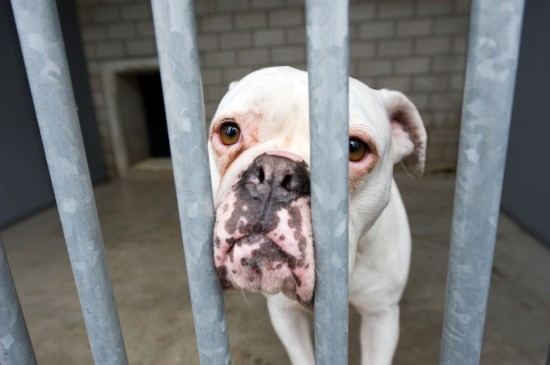 How To Choose The Right Dog For You From A Rehoming Shelter
How To Choose The Right Dog For You From A Rehoming Shelter
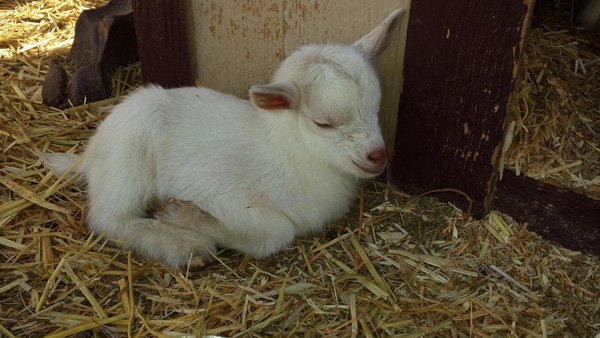 Maintain the Health and Stamina of Your Horse with Adequate Equine Supplements
Maintain the Health and Stamina of Your Horse with Adequate Equine Supplements
 What Your Choice Of Dog Say About You?
What Your Choice Of Dog Say About You?
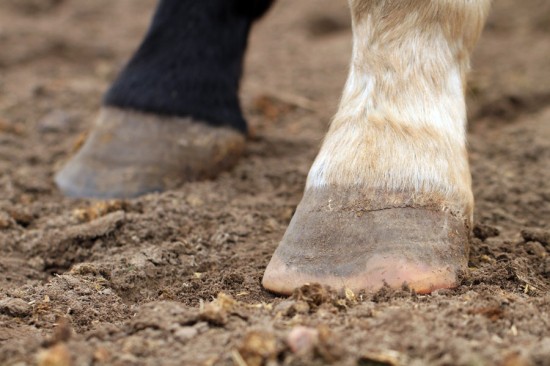 Understanding Laminitis - An Essential Horse Owners Guide
Understanding Lam
Understanding Laminitis - An Essential Horse Owners Guide
Understanding Lam
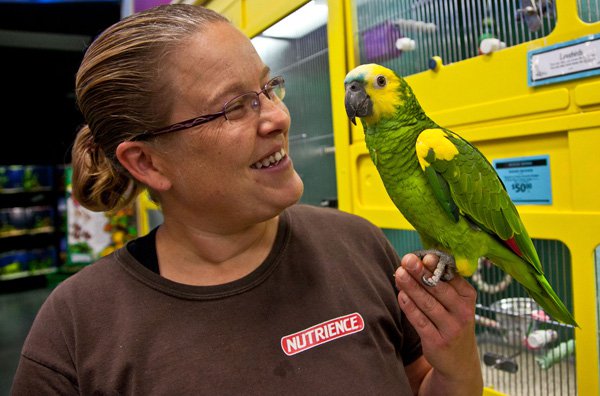 Chicken Runs: So that Your Hens Can Roam Around Freely
Chicken Runs: So that Your Hens Can Roam Around Freely
Chicken Runs: So that Your Hens Can Roam Around Freely
Chicken Runs: So that Your Hens Can Roam Around Freely
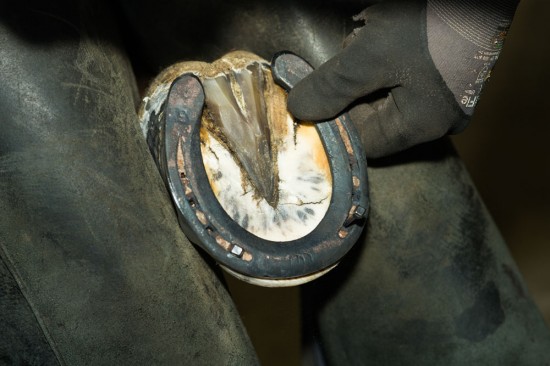 Having Your Horse Shod
Having Your Horse
Having Your Horse Shod
Having Your Horse
 Getting Involved In Canicross ( Canix )
Getting Involved
Getting Involved In Canicross ( Canix )
Getting Involved
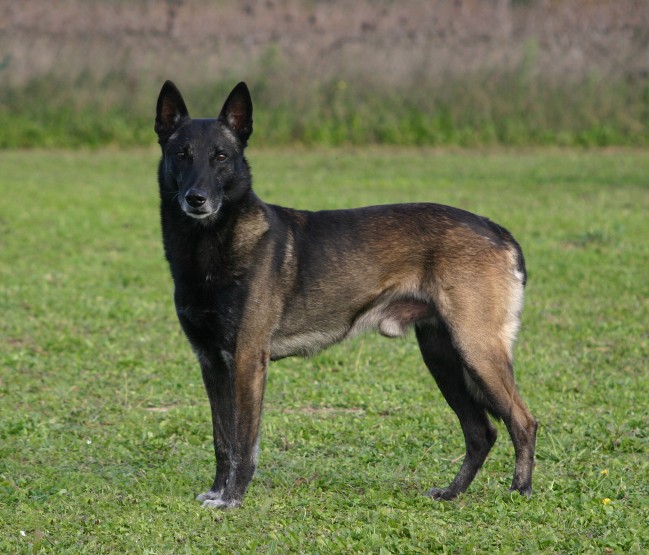 The Belgium Malinois And Epilepsy
The Belgium Malin
The Belgium Malinois And Epilepsy
The Belgium Malin
Copyright © 2005-2016 Pet Information All Rights Reserved
Contact us: www162date@outlook.com